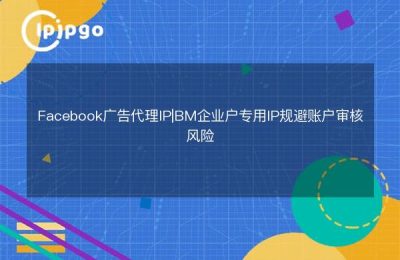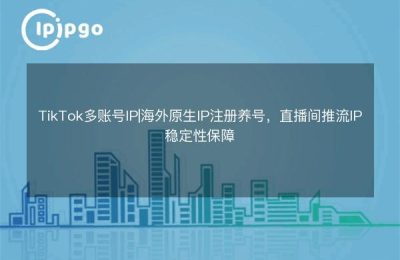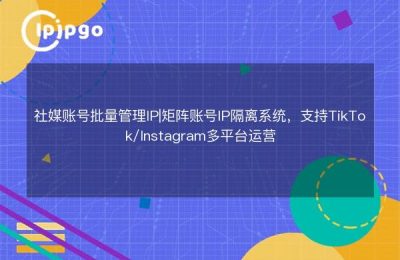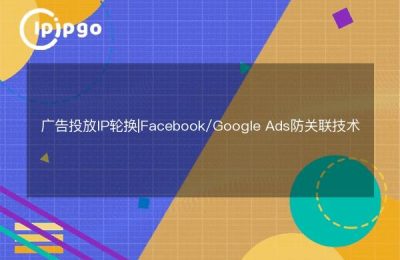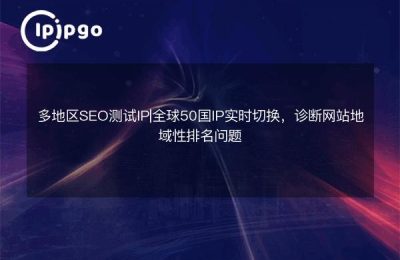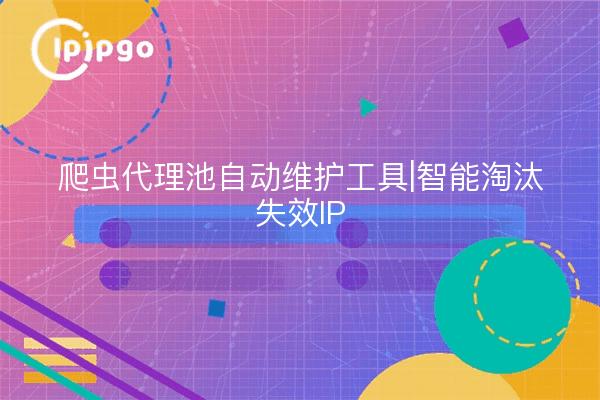
Pain Points and Breakthrough Ideas for Agent Pool Maintenance
When using proxy IPs for data collection, the biggest headache is the interruption of the task due to the encounter of invalid IPs. Traditional manual maintenance requires constant manual testing of IP availability, which wastes time and is easy to miss abnormal nodes. Here we share with you a set ofIntelligent Maintenance Program, which automates the management of agent pools through three core components.
Failed IP detection triple axe
We design a stepwise detection mechanism to identify failed nodes:
1. Heartbeat Detection: Sends HEAD requests to the target site every 15 minutes, with a response time of more than 3 seconds labeled as "suspicious".
2. Success rate statistics: real-time records of each IP request success rate, below 80% automatic downgrade
3. in-depth verification: Full page request test for suspicious IPs, 3 consecutive failures immediately eliminated
| Detection method | Execution frequency | Criteria for determination |
|---|---|---|
| Heartbeat Detection | 15 minutes/session | Response > 3 seconds |
| Success rate statistics | real time monitoring | Success rate <80% |
| in-depth verification | triggered execution | 3 consecutive failures |
Real-world applications of intelligent elimination algorithms
We use a dynamic weighting algorithm to manage the IP pool with an initial weight of 100 points for each newly acquired IP. When a response timeout is detected 5 points are deducted and 10 points are deducted for a failed request. At the same time, we setautomatic resurrection mechanism: Eliminated IPs are retested after 12 hours of silence and can be rejoined to the available queue if they pass validation.
How to choose a reliable agency service
Maintaining a proxy pool is based on the quality of the IP source, and it is recommended to use theipipgo proxy service. Their residential IP covers more than 240 countries and regions around the world, 90 million + real home IP resources, support SOCKS5/HTTP/HTTPS full protocol. Three obvious advantages have been found in real-world usage:
- IP survival cycle 3-5 times longer than conventional proxies
- Uniform distribution of areas and effective avoidance of clustering of features
- Provide API to get the latest available IP list in real time
Frequently Asked Questions
Q: How to balance IP detection frequency and resource consumption?
A: It is recommended to set different detection strategies according to business scenarios. Use 5-minute intervals for high-frequency acquisition scenarios, and low-frequency tasks can be extended to 30 minutes. ipipgo's IP stability is high, and the detection frequency can be appropriately reduced
Q: What should I do if I encounter a large IP failure?
A: Immediately switch the IP acquisition channel and check whether the request parameters trigger anti-crawl. Use ipipgo's intelligent routing function to automatically circumvent the problem nodes
Q: How to choose between static IP and dynamic IP?
A: Long-term tasks with a static IP to maintain the session, short-term collection is recommended dynamic IP. ipipgo supports two modes of switching at any time, through the API parameters can specify the type of
With this smart maintenance solution, together with ipipgo's high quality proxy IP, we successfully increased the completion rate of data collection from 67% to 92%. the key point is to establish theMulti-dimensional detection + dynamic adjustmentmechanism, so that the agent pool can really realize self-purification. It is recommended to start with the basic detection function and gradually increase the intelligent algorithm module.

